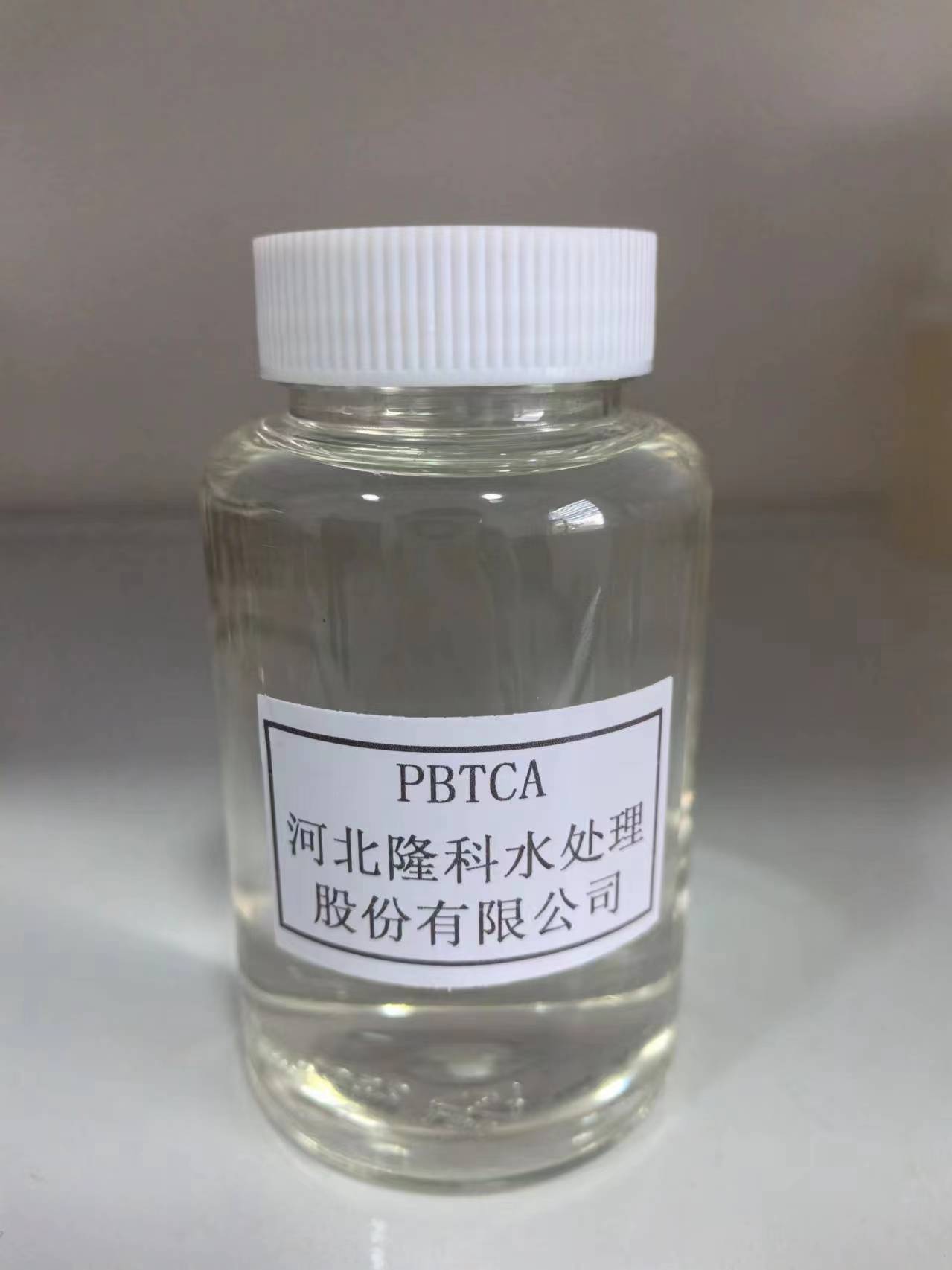chloro isothiazolinone
Understanding Chloroisothiazolinone Uses, Risks, and Alternatives
Chloroisothiazolinone (CIT) is a chemical compound that falls within the category of isothiazolinones, commonly used as a preservative. It is often found in a variety of products, including cosmetics, personal care items, household cleaning agents, and industrial applications. The compound is noted for its effectiveness in preventing microbial growth, which helps to extend the shelf life of these products. However, its use is not without controversy and raises questions about safety and potential health risks.
Chemical Properties and Applications
Chloroisothiazolinone is a colorless liquid that has a characteristic odor. It is soluble in water, which makes it particularly effective in formulations for personal care and cleaning products. One of the major applications of CIT is in formulations for shampoos, lotions, and other cosmetics, where it serves as a biocide to inhibit the growth of bacteria and fungi. In industrial applications, it is often used in water treatment processes and paints, where it prevents microbial contamination.
The effectiveness of chloroisothiazolinone as a preservative is one of the reasons for its widespread use. Microbial growth can result in product spoilage, leading to reduced efficacy and potential safety concerns for consumers. By incorporating CIT into formulations, manufacturers can provide longer-lasting products that meet consumer demands for quality and safety.
Health and Safety Concerns
Despite its benefits, chloroisothiazolinone has come under scrutiny due to reports of allergic reactions and skin sensitization. Some individuals may experience allergic contact dermatitis when exposed to products containing CIT, leading to symptoms such as redness, itching, and swelling. This has raised concerns among consumers and health professionals alike.
In response to these safety concerns, regulatory bodies around the world have imposed restrictions on the concentration of CIT in cosmetic products. For instance, the European Union has set limits on the maximum allowable concentration of this compound to mitigate potential risks. Moreover, consumers have become more aware of the ingredients in their personal care products, leading to a growing demand for transparency and safer alternatives.
chloro isothiazolinone

Alternatives to Chloroisothiazolinone
Given the potential risks associated with chloroisothiazolinone, many manufacturers are exploring safer alternatives. Various natural preservatives derived from plant sources are being used to replace chemical preservatives in formulations. For example, essential oils, such as tea tree and rosemary oil, possess antimicrobial properties and can serve as natural preservatives. Other alternatives include extracts like grapefruit seed extract and certain fermented ingredients, which provide antimicrobial benefits without the potential for skin sensitization.
Consumers can also take an active role in choosing products that align with their safety concerns. Understanding product labels and ingredient lists can empower individuals to make informed decisions. Brands that prioritize transparency often indicate whether their products contain CIT or similar preservatives, allowing consumers to select safer options.
The Future of Preservatives in Consumer Products
As the beauty and personal care industry evolves, the quest for safer and more effective preservatives continues. Many companies are investing in research and development to identify novel compounds that can effectively inhibit microbial growth without posing risks to consumers. Innovations in formulation science may lead to the development of synthetic alternatives that mimic the efficacy of chloroisothiazolinone without the associated health risks.
Furthermore, consumer advocacy has spurred manufacturers to adopt cleaner and greener formulations. This trend reflects a societal shift towards health consciousness, sustainability, and ethical considerations in product formulations. The demand for safer alternatives may prompt regulations to become even more stringent, pushing the industry towards continuous improvement in product safety.
Conclusion
Chloroisothiazolinone serves an important role in preserving a wide range of consumer products, but it also presents challenges related to safety and potential health risks. As consumers grow increasingly concerned about what they apply to their skin and the environmental impact of chemicals, the push for safer alternatives will likely drive significant changes in the formulations of personal care and household products. The future will see a balance between efficacy and safety, and through awareness and advocacy, consumers can influence this transition towards better practices in product development.
-
Understanding Polycarboxylic Acids: Properties, Applications, and Future PotentialNewsJul.28,2025
-
Scale Inhibitor Explained: How to Protect Your System from Limescale and Hard Water DamageNewsJul.28,2025
-
Scale and Corrosion Inhibitors: Essential Chemicals for Industrial Water System ProtectionNewsJul.28,2025
-
Polyaspartic Acid: A Biodegradable Polymer for Sustainable ChemistryNewsJul.28,2025
-
Isothiazolinones: A Versatile Antimicrobial Class with Industrial Power and Regulatory ChallengesNewsJul.28,2025
-
A Deep Dive into 2-Phosphonobutane-1,2,4-Tricarboxylic Acid (PBTC)NewsJul.28,2025





